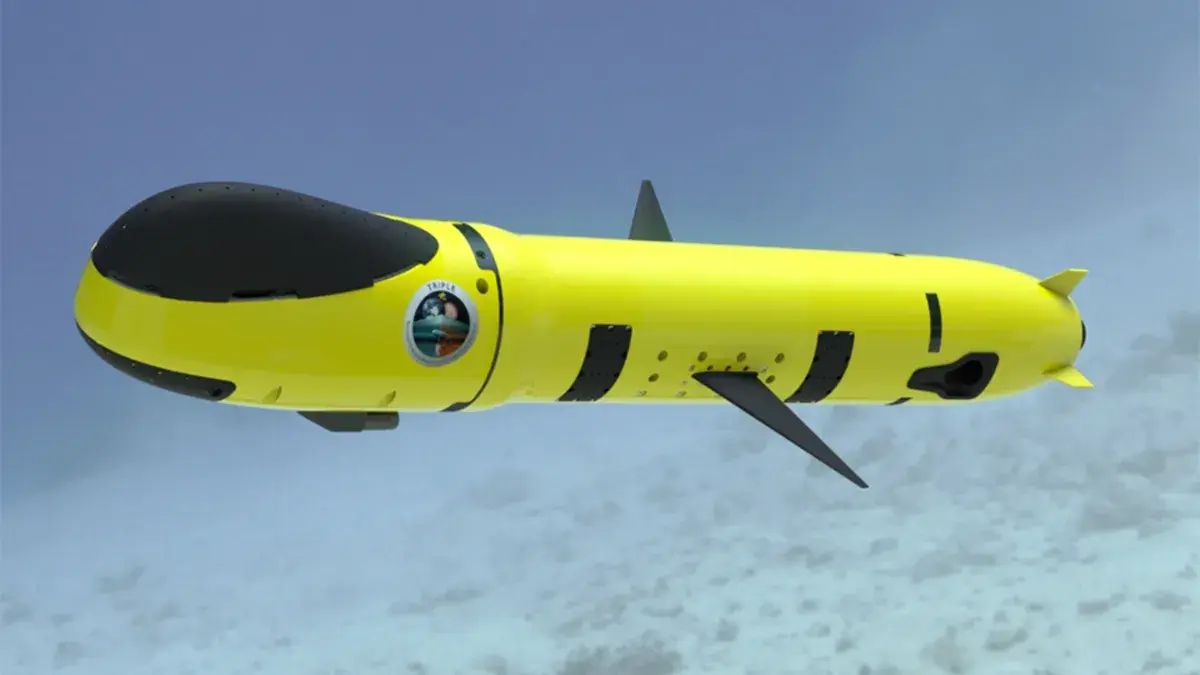Scientists at MARUM, the Marine Research Institute and Integrative Ocean Sciences at the University of Bremen, are developing a mini underwater vehicle for autonomous research under icy moon surfaces in the solar system.
MARUM’s Nano Submarine: A Glimpse into the Unknown
Scientists aim to explore moons like Europa, Enceladus, and Titan, which likely hide liquid water oceans under their icy exteriors. The MARUM nano-submarine could transform our understanding by granting direct access to these oceans.
The Nano Submarine’s Exploration Potential
In the early stages of development, the nano submarine, approximately torpedo-sized, will be powered by a hybrid system of solar and nuclear energy. It will be equipped with cameras, sonar, and water quality sensors, enabling in-depth exploration beneath icy oceans.
Challenges of Miniaturization and Harsh Environments
Developing the nano-submarine presents two significant challenges: miniaturization as well as survival in the harsh conditions of icy moons. MARUM’s scientists collaborate closely with engineers to find solutions for fitting the necessary equipment while ensuring the submarine can withstand extreme cold, high pressure, and radiation.

Image by MARUM
Potential Applications for Solar System Exploration
The MARUM nano-submarine holds tremendous promise for exploring icy moons within our solar system:
- Capable of collecting ocean water samples from varying depths, it facilitates the study of composition and chemistry, shedding light on ocean formation and evolution.
- Outfitted with sensors, it scans the oceans for life indicators such as organic molecules, opening the door to groundbreaking discoveries.
- Utilizing sonar technology, it maps the ocean floor, identifying features such as hydrothermal vents and volcanoes. This critical data aids in understanding moon formation, evolution, and resource potential.







